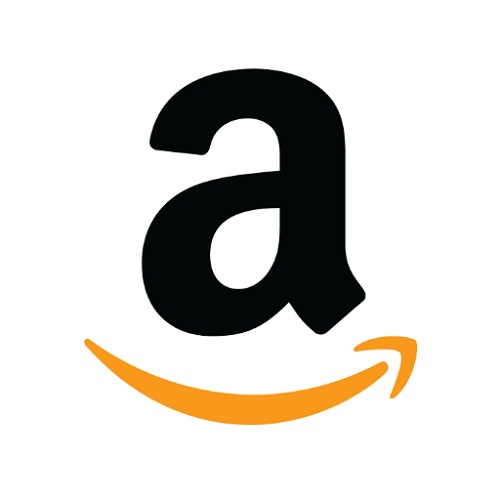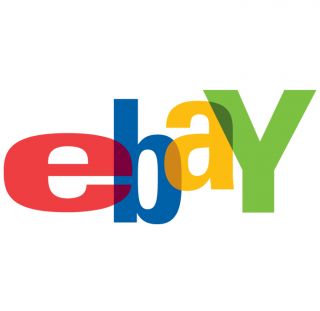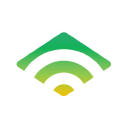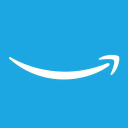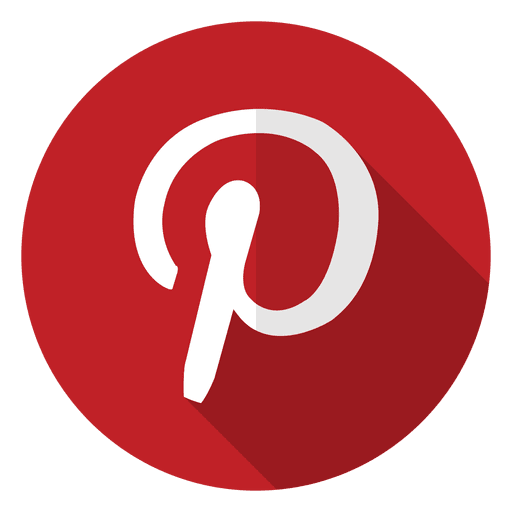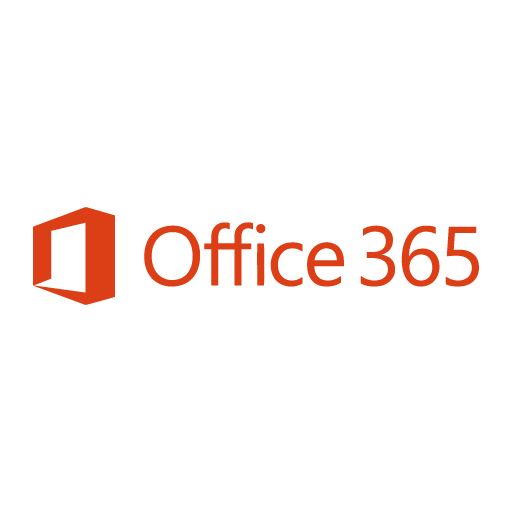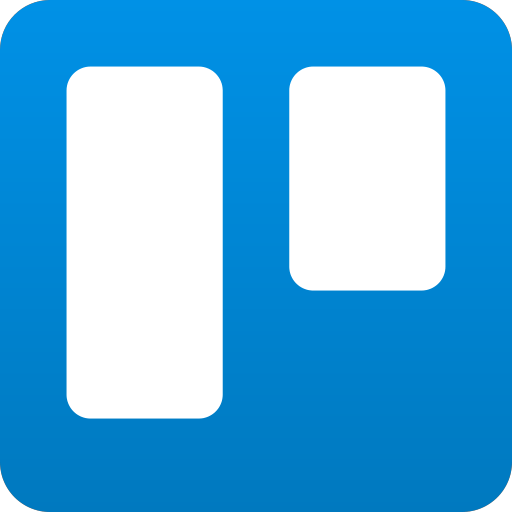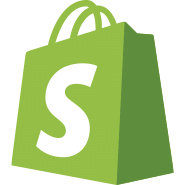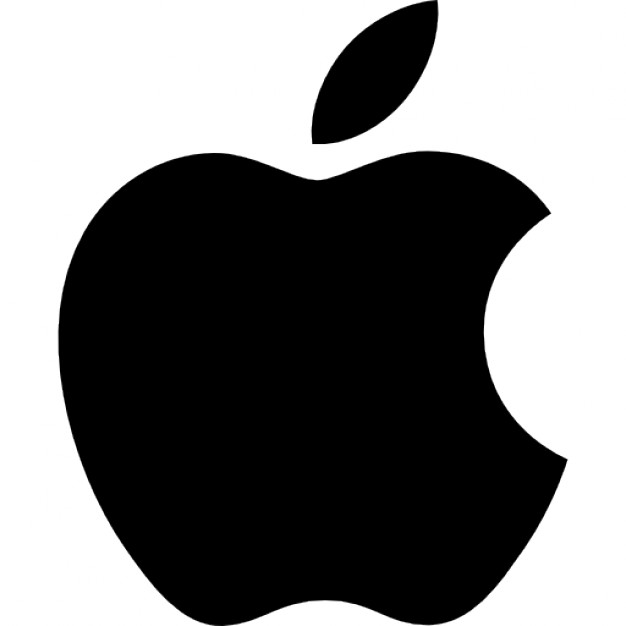How I Started A $12K/Month Business Selling Push-Up Padding Inserts
Hello! Who are you and what business did you start?
My name is Jocelyn Thompson and I own a one-product brand called Epiphany LA. My product is a foam push-up padding insert designed to be slipped into the pocket of a sports bra or swimsuit top. I designed the inserts myself and they are currently patent-pending. My customer is any woman, age 16 and up, who wants to add some size to flimsy swimsuit tops and unflattering sports bras. I believe that any woman who enjoys a push-up bra will also be drawn to my product.

My main source of revenue is from Amazon USA, but I also sell on Amazon Canada, eBay, and my Shopify store. Outside of basic sponsored ads on Amazon, I have done zero advertising and attribute my sales to organic SEO and having a superior product.
My product is seasonal with April, May, and June being my highest grossing months. In the first week of March, I did $6,000 in sales in a 7-day period which put me on track to have at least 100% YoY growth from 2019.
What's your backstory and how did you come up with the idea?
I graduated from USC in 2010 and struggled to figure out what I wanted to do in life. I found myself working at Hulu, in a digital sales role where I crunched impressions into excel sheets all day and wasn’t happy.
I had a friend’s wedding around the corner, and we were going to the Virgin Islands on a cruise. I prepared for the trip by purchasing several new swimsuits and I wanted padding enhancers to put in my swimsuit tops since bikinis are notorious for providing thin, flimsy liners that offer no support or shape.
As an Amazon Prime member, my first thought is always Amazon. I went online and ordered about 5 pairs of padding inserts from 5 different companies because I wasn’t sure which would look best, so I wanted to try them all. When they arrived I was so disappointed. The inserts all looked horrible. Many of them had thick edges, so they were extremely obvious under my thin swimsuit. Some of the inserts were pointy and had unnatural shapes, and most of them were only offered in two sizes (small/medium) or (medium/large) and neither size fit me.
This was my “ah-ha” moment where I realized there was a hole in the market. How hard could it be to create a properly sized insert, with thin edges, that looked natural while still increasing the size of your chest? I was about to find out…
I had a check for $15K to start. I was too scared to take out another loan on top of my student loans and $15K seemed like so much money at the time. Now I look back at this, laugh, and wish I had trusted myself more.
Take us through the process of designing, prototyping, and manufacturing your first product.
Although I’ve always considered myself a creative person, I have zero design experience, and I’ve never worked on fashion or apparel. I innately knew exactly how the product should look, so I based everything off my intuition. Around 2013 I ordered a swimsuit online that had heart-shaped padding inside the swimsuit top and the top worked really well to provide push-up and lift. I pulled this top out from the bottom of my drawer and realized I wanted to use this same design in a padding insert that I would create. So, I started Googling “swimsuit padding factories” (literally). I found a distributor in Los Angeles and asked if they were familiar with the padded hearts I referenced from another swimsuit top. They knew exactly what I was talking about! I asked if I could make custom molds and use the heart shapes inside my custom mold and they said yes.
The design process of creating my custom inserts took about 6 months, and it was painful. I had the middleman distributor in LA who was delivering my messages to the factory China that was making my molds. Each time I made a revision to my mold, both the middleman and the Chinese factory really drug their feet. I was constantly told that “they knew best” and that I should “trust them” and stop trying to make modifications they didn’t recommend. The issue was that these factories in China were the ones making the pointy padding inserts with thick edges that I hated, so of course, they didn’t understand my vision!
During this design process, I would make multiple options for them to choose from because they kept telling me “no”, so I would have to be really creative to come up with an alternate variation that could be “approved”. Sometimes I would even get on the phone and ask my middleman to beg the factory to “try” my design. This was extremely frustrating and taxing, but after about 5-6 rounds of revisions, I finally had an insert I believed in.

By the way, I did not have expensive prototyping design software, so my “designs” were free-hand drawings I created with colored pencils. It didn’t cost thousands of dollars and it was efficient. Sometimes people get wrapped up in thinking they need so much cash to get started and they overlook just getting it done themselves. I have been extremely scrappy during this whole process and I’m proud to say that, not only am I not in debt, but I have been profitable from the start.
The next process was to packaging my product. I knew I wanted elevated packaging because I thought of my product as an affordable, luxury product ($29.99 per pair). I decided on creating packaging that functioned as a luxury watch box. My box is pale millennial pink with a gold foil logo on the top. For this box, I went straight to the source: Alibaba. If you’re not familiar, Alibaba is a site where you can access factories (mostly in China) and get almost anything made. It’s an inventor’s playground. I posted my box design specifications, and within 24 hours, I had selected a factory that could make my boxes for about $1.10 each.
When you look for a factory on Alibaba, make sure they are a “Gold Supplier” with “Trade Assurance”. Alibaba validates and scores its factories though a badge/award system, so make sure you check these qualifications carefully. I have been lucky and had no issues so far.
For my first order, I purchased 800 pink boxes and 800 pairs of pads that were delivered to my small, shared apartment. I ordered a long fold-up table from Amazon, put a job listing on Craigslist, and hired hourly workers to come to my apartment, and help package 800 orders. The padding inserts were wrapped in tissue paper and placed inside the pink boxes and sealed. Now with the product ready-to-go, and I was ready to start selling.

Describe the process of launching the business.
Launching this business was more complicated than I expected. I initially thought I could start the business with just $3K and quickly learned that I needed more cash. A friend mentioned that her boyfriend had been looking to make some investments, and after a quick meeting with her boyfriend, I had a check for $15K to start Epiphany LA. Without this money, I think my company would have died. I was too scared to take out another loan on top of the student loans I had from USC, and $15K seemed like so much money at the time. Now I look back at this, laugh, and wish I had trusted myself more.
Due to my scrappy nature, I was able to get everything up and running with only $10,000. I filed for a provisional patent, got my product up on Amazon Prime, made a Shopify store, and set up an eBay site.
Once my product was launched on Amazon Prime, it immediately started selling. I was so relieved and grateful. I had identified a hole in the market, and it seemed like my customers felt this too. I had created a product people were looking for.

This was the Summer of 2017 and I had been living off savings for about 9 months and I knew I was going to run out of savings, so I landed a full-time job and knew I had an uphill battle ahead of me to keep my company alive while juggling my new job.
For the first year and a half in business, I would order inventory from China, get it delivered to my LA apartment, pick up a two-bedroom U-haul, and drive the inventory to my parent’s house in Ventura where I would store it (1.5 hours outside of LA). About every two months, I would rent a U-haul, pick up some inventory from Ventura, hire craigslist workers, and spend my weekend packaging orders. This was physically and emotionally exhausting. When entrepreneurs say they put their blood, sweat, and tears into their company, it’s literal.
It’s been hard to balance owning a company and having a full-time job, but I have been able to do it. An essential transition was hiring a fulfillment center. Sales have consistently grown around 100% YoY, so Epiphany LA quickly outgrew packaging in my apartment. I now work with TRG fulfillment who accepts deliveries directly, packages the raw products for me, and handles all shipping to Amazon as well as BtoC to with Shopify and eBay.
Since launch, what has worked to attract and retain customers?
Amazon has been amazing for me in terms of sales. It reaches an enormous audience that would be hard to attract myself. Due to my instant success on Amazon, I have also expanded to Amazon Canada (Amazon has a separate site for each country) and I’m hoping to expand to Amazon UK soon. I run sponsored ads on Amazon which drive sales, but the best thing you can have are honest reviews (with photos) from real customers. I currently send an automated follow-up email to all amazon customers after their purchase, but customers can opt-out of these emails, so many never receive it. To work around this, I use an email service called Zonmaster to try to reach all my customers to request product reviews. My product currently ranks 4.2 out of 5 stars with 96 reviews.
I’m proud to say that sales on my Shopify site are solely from organic SEO. Content is King! The more content you can produce, the better, especially if you can create evergreen content. Blogging and YouTube videos have been especially helpful to me. I wrote a blog in 2017 that pops up on the first page of google and it drives a lot of traffic to my site.
During that year I took off to launch Epiphany LA, I created several YouTube videos that have done well (one of my videos has 28,000 views) and I consistently see sales that come from these YouTube videos. I learned that YouTube videos perform best when someone is speaking (versus text with music). So, if you’re creating videos specifically for YouTube, make sure that you have someone speaking to the camera. I made some really beautiful, vibey videos (with music and text only) and they haven’t performed as well as simple, informational videos that I made with minimal resources.
The icing on the cake is to hire someone to optimize the content you have created. I love Upwork and make most of my hires there. After creating my YouTube videos and blogs, I hired someone to do SEO optimization for these items. I paid the person about $250 and would highly recommend this to anyone creating content. All my optimized blogs and videos are evergreen content that continues to drive sales.
How are you doing today and what does the future look like?
Today is April 5th and we are in quarantine due to Coronavirus. Prior to the virus, I was expecting this Spring and Summer to be my biggest year yet. My sales in January, February and the first two weeks of March were up over 100% from 2019. Currently, now that we are in this pandemic, my sales are comparable to what they were last year, which is disappointing but expected. Most customers buy my product before a vacation or special event, so the CornoaVirus has dramatically decreased sales. Since I have no full-time employees and extremely low overhead, I know my business will survive this period, and I feel very fortunate to be able to say that.
I’m currently revising my website and planning to start Facebook/Instagram ads. I want to optimize my site before moving forward with ads to make sure I’m able to convert customers immediately. Something I’m modifying is having an “Add to Cart button” on my home page. I’m a one-product brand, and I want to make purchasing as simple as possible.
BtoC businesses can have a high cost of acquisition, so in preparation for spending this money on ads, I know I will need a higher-priced item than my $29.99 price per unit. I’m launching a bundle deal of 3 pairs for $74.99 soon. This will help balance out the new customer acquisition cost when I start running ads.
I’m also looking forward to getting into wholesale. I would love to see Epiphany LA suggested as an “add-on” when customers buy swimsuits or sports bras online. I hope to be able to land some major partnerships with online retailers in the near future. Since I’m doing all of this while continuing my full-time job, things move slowly, but I have so many ideas for expansion.
Through starting the business, have you learned anything particularly helpful or advantageous?
I think consistency is the most important thing for me. If you’re dedicated and consistent, you can do this too. Also, just because something works for someone else doesn’t mean it will work for you. Just pivot and keep moving. There are so many ways to be creative and boost sales.
Keep an easily accessible, running list of things you want to implement or accomplish and when a great idea comes to mind, make sure to write it down.
What platform/tools do you use for your business?
The platforms and tools I use are:
- Amazon FBA: If you can get your product on Amazon Prime, do it!
- Shopify: I love Shopify and have nothing but good things to say
- YouTube: Start making content immediately, it will pay off in the long run
- Instagram: I’ve hired someone to manage this for me, it’s one less thing to think about
- Chatra: A live chat tool for your website! The customer can chat with you directly, I would highly recommend it
- Areviews: I can import my Amazon reviews directly onto my Shopify page with this app. Reviews drive sales, so I think this app is essential ($15/month)
- Privy: Capture emails from your customers! Privy is a free app I use to incentivize customers to give me their email addresses. I offer a 10% discount in exchange for their email and it works. This is an essential tool because once you gather enough emails, you can start email marketing campaigns. Make sure to do this right when you set up your site.
- Upwork: This is where I hire all my graphic designers, Shopify experts, social media help, product photographers, etc. I love this site.
- TRG fulfillment: My fulfillment center, they are definitely necessary.
Up Next:
- Starting email marketing (Klaviyo)
- Affiliate program (ShareASale – I haven’t used this yet, but I’ve heard good things)
- Targeting 3-5 specific influencers and creating long-lasting, authentic partnerships with them (versus paying for a post -that doesn’t work most of the time!)
What have been the most influential books, podcasts, or other resources?
I LOVE podcasts! As someone who doesn’t have a lot of free time, being able to multi-task is essential for me. I love listening to podcasts while I workout because it makes me feel extremely productive. I religiously listen to Group Chat by Dee Murthy, Anand Murthy, and Chris “Drama” Pfaff. This podcast combines current events, business news, stock market updates, and pop culture all into one. It’s my go-to place to feel informed and up-to-date. All three men own e-commerce businesses so the content is specifically relevant to me. The podcast has made a profound impact on my life and I would highly recommend it to anyone in e-commerce.
Advice for other entrepreneurs who want to get started or are just starting out?
When I started Epiphany LA I ran the product by a friend who also owns several e-commerce businesses and she said if I can answer yes to these three questions, then that was a good indicator of a successful eCommerce product. I’d like to share these with you because they were extremely helpful for me:
- Does your product have a high profit margin?
- Is your product small? (small products keep shipping costs down)
- Is your product lightweight? (lightweight products also keep shipping costs down)
These are NOT the only indicators of a successful product, but they were really helpful for me when creating my company.
Are you looking to hire for certain positions right now?
I always like to have a team of people available for small, spur of the moment projects. I’m currently looking for a Shopify coder and a graphic designer. Due to the nature of my product, I prefer to work with women, because I think they have a better understanding of the product and its value. If you’re someone who likes picking up small projects every few months, I’d love to hear from you!
I’m also looking to start email marketing soon and looking for someone familiar with Klaviyo. I’ll likely pay a flat rate and start off slow (two emails a month) but if you’re looking for this type of work please get in contact with me.
Where can we go to learn more?
If you have any questions or comments, drop a comment below!

Download the report and join our email newsletter packed with business ideas and money-making opportunities, backed by real-life case studies.

Download the report and join our email newsletter packed with business ideas and money-making opportunities, backed by real-life case studies.

Download the report and join our email newsletter packed with business ideas and money-making opportunities, backed by real-life case studies.

Download the report and join our email newsletter packed with business ideas and money-making opportunities, backed by real-life case studies.

Download the report and join our email newsletter packed with business ideas and money-making opportunities, backed by real-life case studies.

Download the report and join our email newsletter packed with business ideas and money-making opportunities, backed by real-life case studies.

Download the report and join our email newsletter packed with business ideas and money-making opportunities, backed by real-life case studies.

Download the report and join our email newsletter packed with business ideas and money-making opportunities, backed by real-life case studies.

